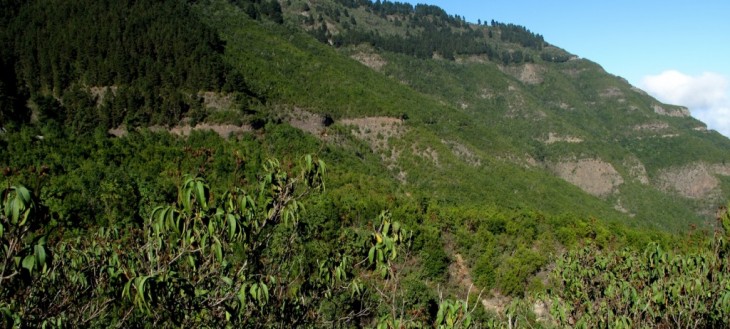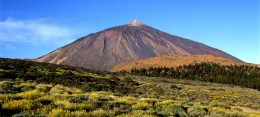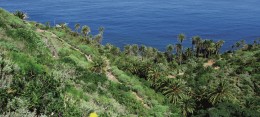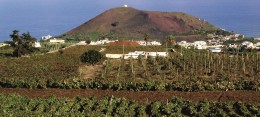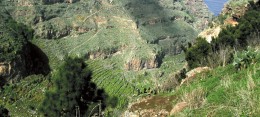The Protected Landscape of Los Campeches, Tigaiga and Ruiz includes these three natural reserves under a single geographic and landscape area. Located to the west of La Orotava Valley, this is a beautiful rugged landscape.
The cliffs of El Terrero, where small areas of thermophilic vegetation and rocky-land formations abound, are part of this Protected Landscape.
Many caves and a necropolis from the times of the aborigines are located in this area. As stated in many books dating from the 1950s, several vases, skulls and skeletal remains have been found in this protected landscape.
It’s considered a site of great scientific interest, given the abundance of endemic species it treasures. Low land vegetation is determined by the presence of rocky lands on the cliffs, covered with cactuses and the so-called ‘tabaibas’. In the middle land, some fayal-brezal laurel forest remains can be found. In the high lands, many forested pine trees can be found, but also willow trees, which are most frequently located along the bed of the ravines.
There are plenty of plots of land and houses dotted around Icod el Alto and Los Campeches, most of which are devoted to agricultural uses. They shape a rural landscape of great cultural value, where potatoes and grains, especially wheat, are cultivated. Some banana plantations can also be found in this natural reserve along the mouth of Ruiz ravine. Potatoes are non-irrigated crops that are typical in this landscape.
Laurel forest in Los Realejos is very important, considering the high percentage of flora and fauna species endemic to the Canary Islands it houses, some of which are either rare or on the verge of extinction, such as the laurel pigeon and the Bolle’s pigeon, or highly endangered, like the so-called ‘cabezón’ and the ‘tajinastes’.
The wide range of bird species of the area includes canaries, tits, Eurasian blackcaps, garden warblers, grey wagtails, goldcrests, common chaffinches and European robins, among others. Some kestrels and eagles nest on the sides of the ravine.
Such biodiversity explains the fact that this natural reserve has become the perfect spot for the preservation of endangered animal and plant species. The protected landscape was declared a Special Protection Area for Birds, under European environmental regulation.
- ¿Dónde está?
- ¿Qué hay alrededor?
- Artículos relacionados
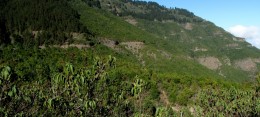 Paisaje Protegido de Los Campeches, Tigaiga y Ruiz
Paisaje Protegido de Los Campeches, Tigaiga y Ruiz Naturschutzgebiet Los Campeches, Tigaiga y Ruíz
Naturschutzgebiet Los Campeches, Tigaiga y Ruíz Mencey Bentora 0,06 km
Mencey Bentora 0,06 km Mencey Bentora 0,06 km
Mencey Bentora 0,06 km Mencey Bentora 0,06 km
Mencey Bentora 0,06 km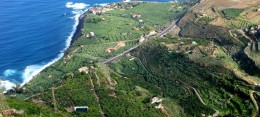 Mirador de El Lancea 0,08 km
Mirador de El Lancea 0,08 km Aussichtspunkt El Lancea 0,08 km
Aussichtspunkt El Lancea 0,08 km El Lance Lookouta 0,08 km
El Lance Lookouta 0,08 km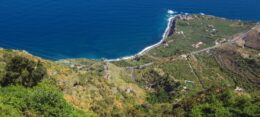 Mirador de El Lancea 0,18 km
Mirador de El Lancea 0,18 km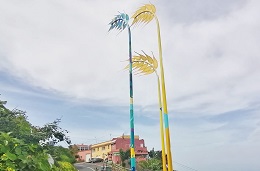 Espigas de trigoa 0,24 km
Espigas de trigoa 0,24 km Weizenährena 0,24 km
Weizenährena 0,24 km Ears of Wheata 0,24 km
Ears of Wheata 0,24 km


